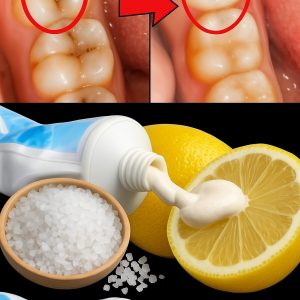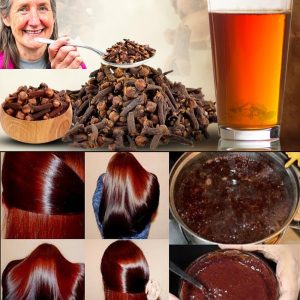With growing concerns about food safety, reports of “plastic rice” have alarmed many consumers. Plastic rice refers to counterfeit rice allegedly made from synthetic resins, which mimic the appearance of real rice grains. While verified cases are rare, knowing how to identify authentic rice can help ensure your food is safe and healthy.
One of the most common ways to detect plastic rice is through the water test. Simply place a tablespoon of rice in a glass of water and stir. Real rice will usually sink to the bottom, while plastic rice tends to float due to its lower density. This quick test can help you check for suspicious grains before cooking.
Another method involves the fire test. Take a few grains of rice and try burning them with a lighter. Real rice will char or turn black, whereas plastic rice may smell like burning plastic and melt instead of charring. However, use caution with this test and ensure you perform it safely and in a ventilated area.
Lastly, the boiling test can also be telling. When cooked, real rice softens and releases a mild aroma, while plastic rice may remain unusually hard or rubbery and lack the usual fragrance. If your rice behaves strangely during cooking or tastes off, it’s best to stop consuming it and report it to local food safety authorities.


